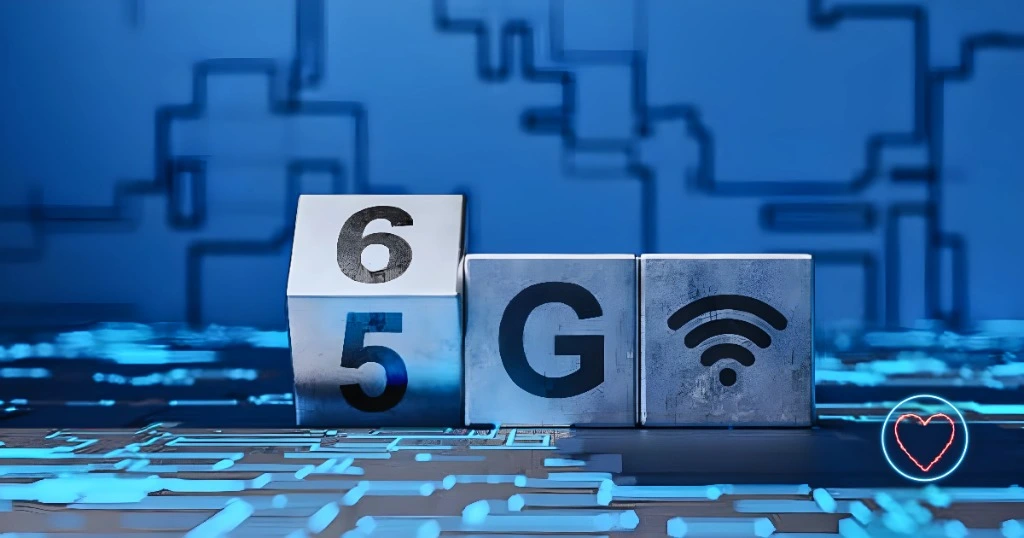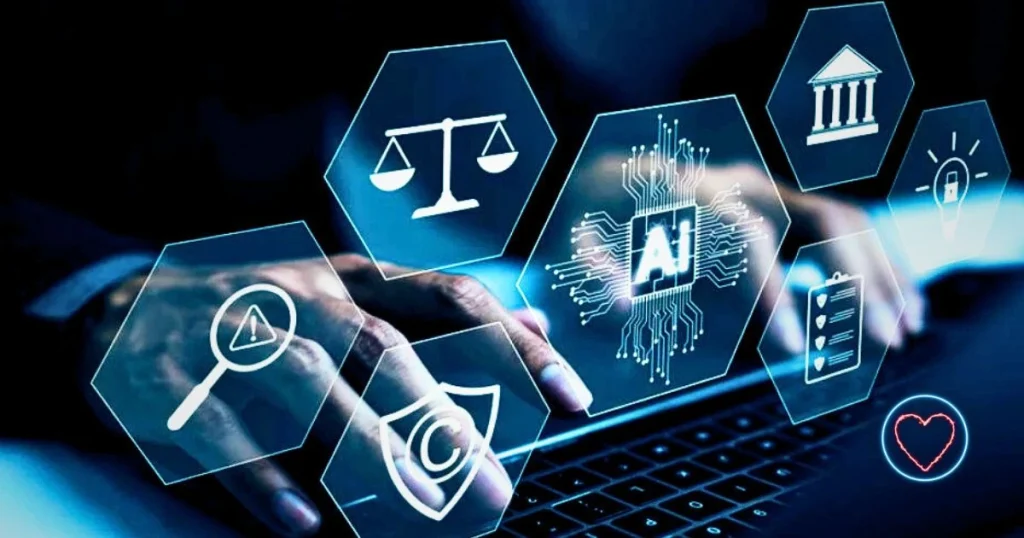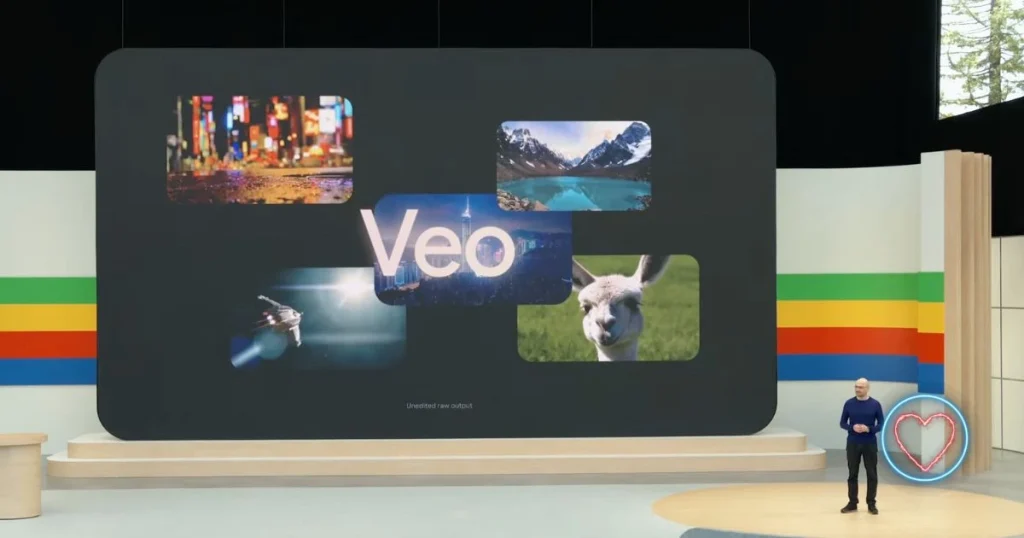As the world adjusts to the widespread rollout of 5G, the technological horizon is already shifting toward the next evolution: 6G connectivity. Projected to launch commercially around 2030, 6G isn’t just about faster download speeds — it’s about enabling an entirely new ecosystem of immersive digital experiences, ultra-reliable communication, and hyper-connected infrastructure. But what exactly is 6G, how is it different from its predecessors, and what could it mean for our lives?
The Evolution: From 1G to 6G
To understand 6G, it helps to look at the evolution of wireless generations:
- 1G (1980s): Analog voice communication.
- 2G (1990s): Digital voice and SMS.
- 3G (2000s): Basic mobile internet and video calling.
- 4G (2010s): High-speed internet, streaming, and mobile apps.
- 5G (2020s): Enhanced speed, low latency, and the Internet of Things (IoT).
Each generation introduced transformative capabilities. 6G is expected to be a quantum leap forward — not a simple enhancement, but a foundational shift that could redefine connectivity as we know it.
What is 6G?
6G stands for the sixth generation of wireless communication technology. While still in early development stages, it is envisioned as a system that enables:
- Data speeds up to 1 terabit per second (Tbps) — about 100 times faster than 5G.
- Latency as low as 1 microsecond — effectively real-time communication.
- Global connectivity using AI to optimize and manage networks autonomously.
- Integration with space and underwater communication systems, creating a seamless, planet-wide internet.
In short, 6G aims to unify terrestrial and non-terrestrial networks to deliver intelligent, secure, and omnipresent communication services.
Key Technologies Powering 6G
The vision of 6G is ambitious, and several key technologies are likely to power its development:
1. Terahertz (THz) Frequencies
6G networks will use the terahertz spectrum (0.1 to 10 THz), which offers extremely high bandwidth. However, THz waves face challenges with range and interference, requiring advanced materials and design for viable deployment.
2. AI-Driven Network Management
Unlike earlier generations, 6G networks will be self-learning and self-optimizing, relying heavily on artificial intelligence and machine learning to predict usage patterns, detect faults, and allocate resources efficiently.
3. Advanced MIMO and Beamforming
6G will leverage massive multiple-input, multiple-output (MIMO) systems and intelligent beamforming to focus signals precisely, reduce power usage, and support more simultaneous connections.
4. Quantum Communication & Encryption
For secure communication, 6G might integrate quantum key distribution (QKD) and other quantum technologies to ensure ultra-secure data transmission — critical for sensitive applications like defense and finance.
5. Edge and Fog Computing
6G will further blur the line between the cloud and the user by embedding computational intelligence at the network edge, enabling near-instantaneous processing of data for applications like autonomous vehicles and remote surgery.
Use Cases That 6G Will Enable
The leap from 5G to 6G isn’t just about speed — it’s about enabling applications that are currently impossible or impractical. Here are some use cases 6G may unlock:
1. Real-Time Holographic Communication
Forget Zoom — 6G could enable 3D holographic projections of people for meetings, healthcare, and entertainment, delivered in real-time with near-zero latency.
2. Fully Autonomous Transportation Systems
From flying taxis to autonomous delivery drones, 6G’s ultra-low latency and reliable connectivity will be crucial in enabling synchronized, safe, and intelligent transport networks.
3. Extended Reality (XR) and Digital Twins
6G will power ultra-immersive AR/VR/XR environments. Digital twins — real-time digital replicas of physical objects or environments — will become essential in industries like manufacturing, healthcare, and smart cities.
4. Brain-Computer Interfaces (BCIs)
6G could offer the communication infrastructure needed to support direct brain-to-machine or brain-to-brain interfaces, transforming accessibility, education, and communication itself.
5. Smart Infrastructure and Urban Planning
Cities of the future will rely on 6G to analyze data from billions of connected sensors, optimizing energy use, traffic flow, waste management, and public safety in real time.
Global 6G Development Efforts
Governments and companies worldwide are racing to lead the 6G era:
- United States: The Next G Alliance, led by AT&T, Apple, Google, and Qualcomm, is focused on developing North American 6G leadership.
- China: Heavily investing in 6G R&D, with companies like Huawei and ZTE testing satellite-based 6G systems.
- European Union: The Hexa-X and Hexa-X II projects, funded by the EU, aim to define key use cases and technologies for 6G by 2030.
- South Korea and Japan: These nations have aggressive national roadmaps to trial 6G services as early as 2028.
Challenges on the Road to 6G
While the vision is compelling, there are major hurdles to clear:
1. Spectrum Availability
The THz bands needed for 6G are not widely allocated and come with significant propagation and absorption issues, especially through air and buildings.
2. Power Consumption
Delivering ultra-high-speed, low-latency communication across billions of devices raises concerns about energy efficiency. Green 6G technologies must be a priority.
3. Infrastructure Investment
Building new towers, satellites, and small cell networks for 6G will require trillions in global investment. Retrofitting existing 5G infrastructure may not be sufficient.
4. Security & Privacy
With data flowing through AI and quantum layers, protecting user privacy and ensuring secure communication channels will be more complex — and more important — than ever.
5. Global Standards and Interoperability
Achieving universal 6G standards across nations, devices, and industries will be crucial to ensure seamless connectivity and avoid geopolitical fragmentation.
Economic and Social Implications
The economic potential of 6G is vast. According to market analysts, 6G could contribute over $4 trillion globally by 2040 by enabling new industries and enhancing productivity across existing ones. Some areas expected to benefit most include:
- Healthcare: Real-time remote surgeries, AI-powered diagnostics.
- Education: Immersive classrooms and global access to learning.
- Retail: Virtual stores with real-time interactive experiences.
- Finance: Blockchain-based smart contracts and AI investment platforms.
Socially, 6G could improve digital inclusion, enabling rural and underserved areas to access high-quality internet, healthcare, and education. However, it also risks widening the digital divide if equitable deployment is not prioritized.
6G vs. 5G: A Quick Comparison
| Feature | 5G | 6G (Expected) |
|---|---|---|
| Max Speed | ~10 Gbps | ~1 Tbps |
| Latency | ~1 millisecond | ~1 microsecond |
| Frequency Band | Up to 100 GHz | Up to 10 THz |
| AI Integration | Limited | Deep AI at core |
| Coverage | Terrestrial only | Terrestrial + Space/Undersea |
| Deployment Year | 2020–2025 | ~2030 |
When Will 6G Arrive?
Experts anticipate that early 6G trials will begin by 2028, with full commercial deployment starting around 2030. However, significant R&D milestones are expected over the next 3–5 years, especially as more governments commit funding and private players race to file patents and secure market dominance.
Final Thoughts: A Connected Future
While 5G is still being rolled out across many parts of the world, 6G is quickly becoming a key strategic focus for tech companies and governments. The goal isn’t just about more speed — it’s about a fully immersive, intelligent, and inclusive digital ecosystem.
Yet, 6G will not be a magic bullet. The benefits will depend on responsible development, global cooperation, ethical AI usage, and equitable access. If handled wisely, 6G could redefine how humanity communicates, learns, heals, and thrives — bringing us one step closer to a seamlessly interconnected world.











